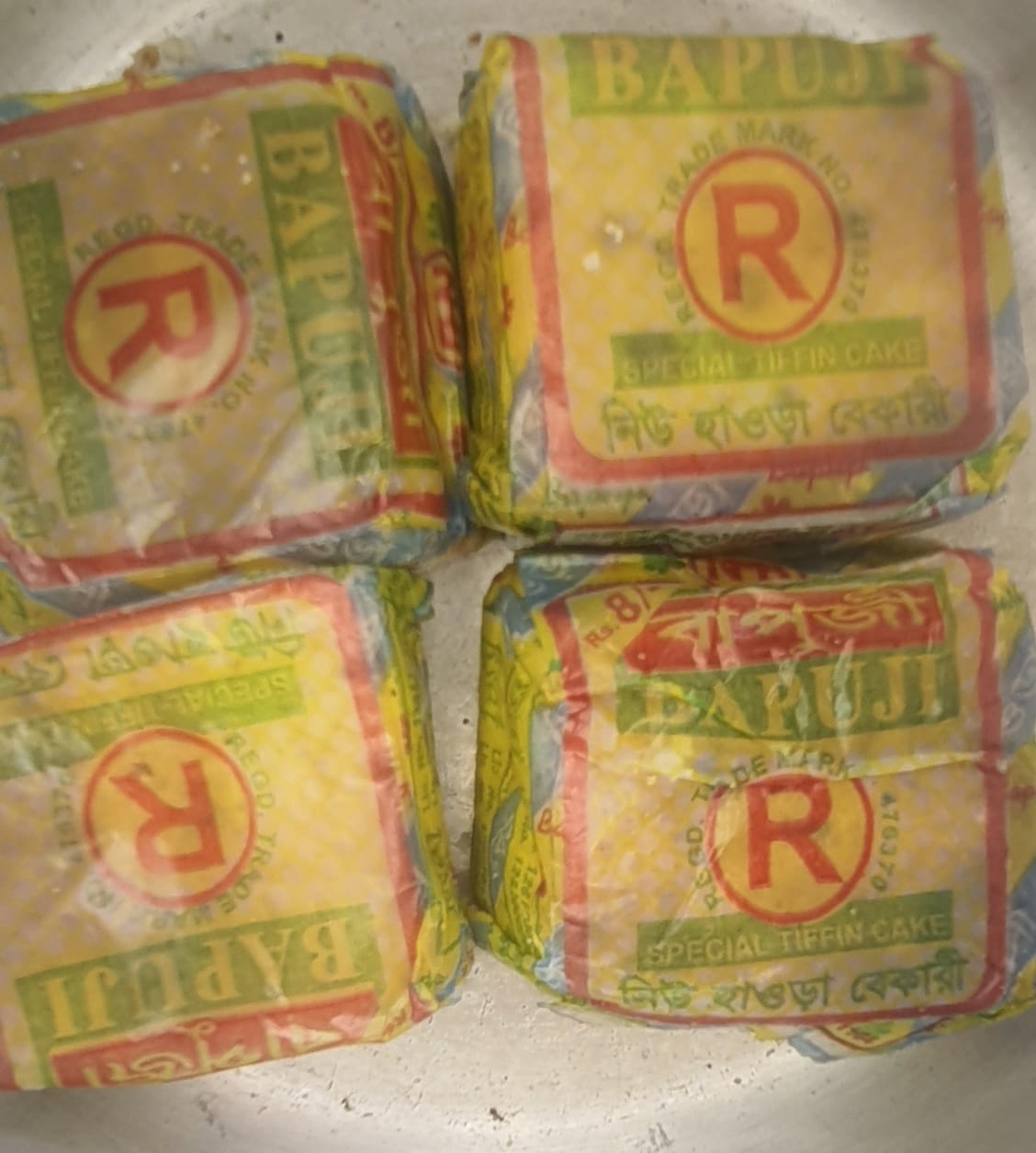On Monks, Fruit, and Defying the Scale
A somewhat bewildered look into the strange world of monk fruit, a sugar substitute that seems almost too good to be true.
7/17/2025

A Curious Quest for Sweetness
Of Monks, Molecules, and a Maddening Love for All Things Sweet
My body and I have what you might call a strained relationship when it comes to sugar. My brain, a perfectly rational organ in most respects, understands that a diet consisting primarily of bapuji cakes is, in the long run, a poor life choice. My body, however, operates on a much simpler, more ancient principle: if it’s sweet, we must have it. Now. This internal tug-of-war has led me on many a grim, determined health kick, most of which last until approximately the next time someone opens a packet of biscuits in the same room.
It was during one such crusade, while spelunking through the wilds of Amazon, that I came across something called “monk fruit.” The name alone was enough to stop me in my tracks. It conjures up these wonderfully serene images of wise, robed figures tending to a misty mountain orchard, which, as it turns out, isn’t wildly far from the truth. The fruit, a funny-looking little green gourd known to botanists as Siraitia grosvenorii, has been cultivated for centuries in southern China, largely by Buddhist monks. You have to admire the sheer, delightful serendipity of it all.
Now, here is where things get properly peculiar. The reason monk fruit is so astonishingly sweet has nothing to do with sugar. Not a scrap of fructose or sucrose, the usual suspects in the sweetness lineup. Instead, its knockout punch comes from a unique set of antioxidants called mogrosides. These are a type of molecule known as a triterpene glycoside (which sounds like a species of dinosaur but is far more interesting) that performs a magnificent chemical trick. Through a quirk of its shape, a mogroside molecule can latch onto the sweetness receptors on your tongue and convince them you’re experiencing a sweetness of epic proportions—somewhere between 200 and 300 times sweeter than regular sugar, in fact. This means you are, in essence, sweetening your tea with a form of plant-based virtue. It’s magnificent.
The journey that little sensation of sweetness takes is a tale of biological wizardry. It all starts on your tongue, which is studded with taste buds. Think of these taste buds as tiny biological nightclubs, and stationed at the door are bouncer proteins called T1R2 and T1R3. These two work as a team, and they are exceptionally picky—they only let sweet molecules in. When a mogroside molecule turns up, it fits into the T1R2/T1R3 receptor perfectly, like a key in a lock. This sends a flurry of messages inside the cell, which then fires off a signal like a tiny telegraph.
From there, the message, “Sweetness has arrived!” zips off to the brain along a network of three different cranial nerves—the facial, the glossopharyngeal, and the vagus nerves, which is frankly an impressive amount of wiring just to tell you that you’re enjoying a piece of bapuji cake. The signals converge in the brainstem at a sort of central sorting office called the nucleus solitarius. From there, they’re forwarded to the thalamus (the brain’s Grand Central Station for sensory data) before finally reaching their destination: the gustatory cortex. It’s only here, in a highly civilized bit of your frontal lobe, that the brain actually perceives the sensation we know and love as “sweet.”
Why go to all this trouble? Why are we so utterly devoted to this one particular taste? Well, like most of our stranger habits, we can blame our ancestors for it. For pretty much the whole of human history, sweetness was nature’s way of putting a big, friendly sign on food that said, “Eat this! It’s packed with energy and probably won’t kill you.” In a world where your next meal was never a guarantee, having a brain that lit up with pleasure at the taste of ripe fruit was a brilliant survival strategy. Calories were king, and sweetness was the king’s calling card.
The problem, of course, is that we are now Stone Age brains living in a supermarket world. Our evolutionary wiring, once so helpful for finding berries, is now being constantly hijacked by an endless parade of fizzy drinks, pastries, and sweets. We are built for scarcity in an age of almost ludicrous abundance, which is why a bar of chocolate can feel like both the best idea you’ve ever had and a catastrophic personal failure at the very same time.
And that brings us back to the peculiar little monk fruit. We humans, in our infinite and baffling ingenuity, have journeyed to the misty mountains of Guilin, adopted the agricultural wisdom of ancient monks, and employed a phalanx of food scientists to crush, infuse, and filter a fruit into a fine powder. All this, just so we can fool a handful of prehistoric receptors on our tongues. It’s all quite mad, really. Now, if you’ll excuse me, I believe there’s a bapuji cake somewhere that requires my immediate attention.
Of course, to love a Bapuji Cake is to conveniently ignore the fact that you are consuming a bona fide masterpiece of chemical engineering. Let’s be clear-eyed about this: the cake’s foundational principle is a truly heroic quantity of sugar, a sweetness so profound it likely registers on the Richter scale. It’s not just sugar in the batter, but a payload of candied fruit and petha, which are themselves little more than sugar that’s been cleverly disguised as fruit. This goes a long way to explaining its appeal, but not its astonishing longevity. A truly moist cake should, by all rights, begin to cultivate interesting new life forms within days. Yet the Bapuji Cake endures, thanks to what one must assume is a chemical garrison of preservatives. While the exact formula is a secret known only to the good people at the New Howrah Bakery, it’s almost certainly patrolled by tiny, unpronounceable soldiers like Calcium Propionate and perhaps a dash of Sodium Benzoate, a microscopic legion tasked with repelling the barbarian hordes of mold and bacteria. We are, in effect, eating a delicious, nostalgic relic that has been embalmed for freshness, a soft, sweet monument built to defy the relentless march of time and decay, all for the price of a few rupees. 